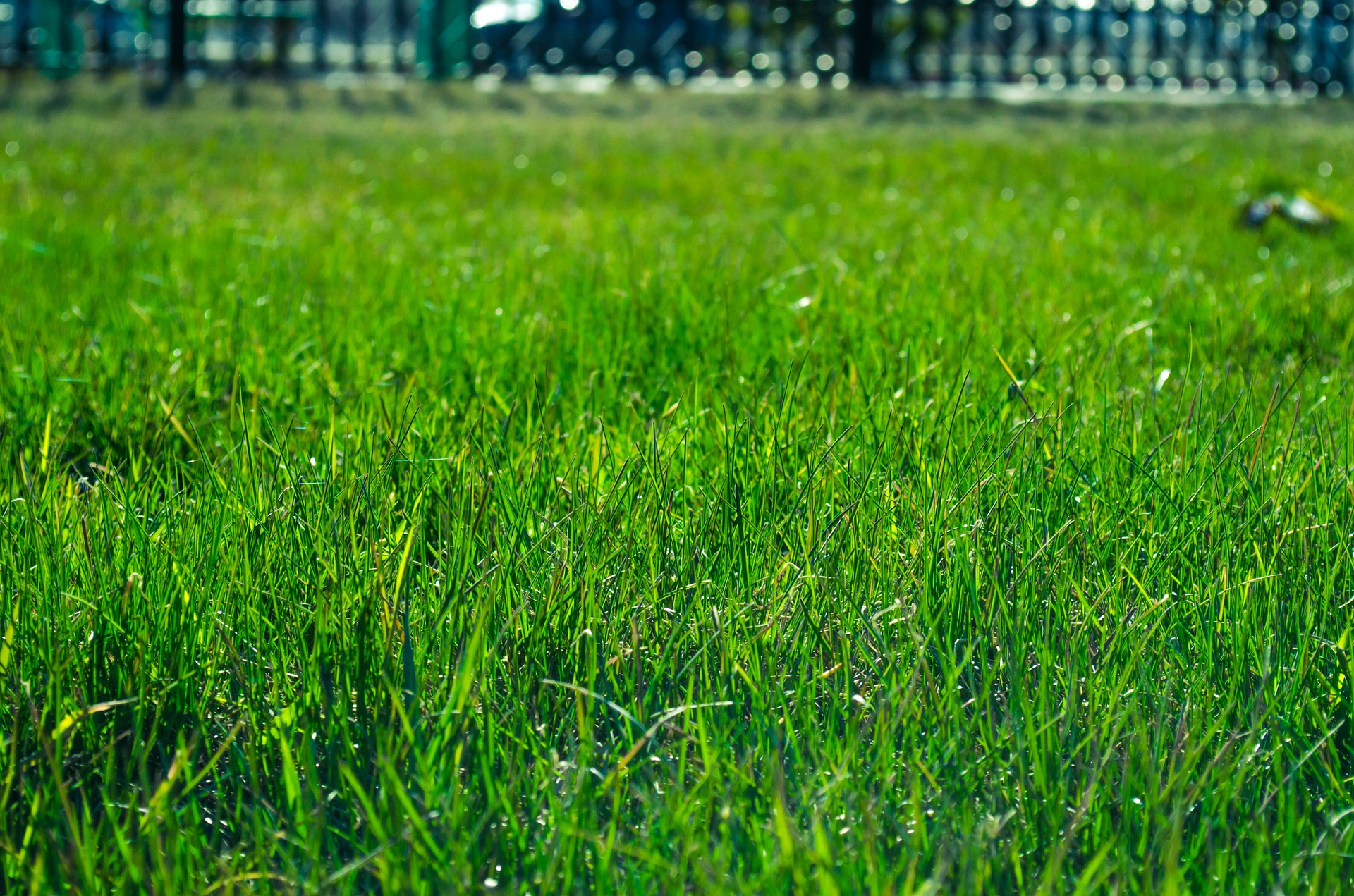
The Pros and Cons of Using Sod in Your Landscaping
April 27, 2020
Tips for Arranging Your Flower Beds
April 27, 2020If you are a property owner and you are interested in taking care of your own landscaping, your lawn will always be an important part of your success. The thing to note about your grass is that it’s always right out in the open. If you aren’t maintaining your lawn and keeping up with watering it, it’s quite evident. A brown or dying grass can seriously impact your curb appeal and detract from the rest of the work that you do on your landscaping. It might even impact the overall value of your home. That’s why it’s so important to get into a solid lawn care routine that allows your landscaping to reach its full potential.
One of the biggest issues that landscapers have when it comes to keeping up with their lawn has to do with watering. We all know just how important it is for plants to get the water that they need to grow, but it’s easy to get carried away or make mistakes, especially if you are a beginner. That’s why we’ve put together the following article about lawn watering 101. After reading through these tips, you will have a much better idea about how to approach watering your grass. Remember to reach out to Cal Blend Soils if you have any questions about landscaping or if you are interested in purchasing the best landscaping products on the market.
Know Your Grass
Lawn care is always interesting because there are so many different kinds of grass to choose from. That means it is very important for you to learn a little bit about the grass type that you have before you head outside to water it. In fact, you should probably research the type of grass you are looking to add to your property before you make any final decisions, since the weather, region, and amount of sunlight where you live will all have an impact on how different types of grass grow.
It’s best to break things down into either cool-season grasses or warm-season grasses. If you live in an area with a warm climate, it’s best to go with warm-season grasses like Bermuda and St. Augustine. Warm-season grasses do best with active watering and mowing. On the other hand, cool-season grasses like fescues are best for climates that experience active growth even when the weather gets cold. Make sure you know the type of grass you are taking care of before you commit to any watering routine.
Less is More
Some property owners make the mistake of watering their lawn every single day, regardless of the temperature or time of year. This is not only bad for the environment but can also leave you dealing with serious lawn-related issues. Instead, try to go for one inch of water per week on average. That way, you can avoid overwatering and allow your grass to get the hydration it needs to grow in well.
The best approach is to divide watering sessions up into 2 or 3 separate watering when the weather is warm. That way, you can let your lawn dry out in between watering sessions and build a strong root system. Also, make sure you are watering your grass slowly so that the grassroots have time to absorb the water. You can avoid a lot of the common issues related to lawn care like poor drainage and bad airflow simply by sticking to a watering schedule that allows your lawn’s root system to soak up the water it needs.
Time of Day Matters
Another smart tip for watering your lawn effectively is to be conscious of the time of day that you are watering. The time of day that you are watering your grass really does make an impact. If you want to reduce the chances of lawn diseases or pests, getting this variable right is essential. A lot of new landscapers don’t think that the time of day that they water their lawn matters and end up learning this lesson the hard way.
The best time of day to water your lawn is usually earlier in the day before the temperature gets too hot. That’s because the root systems won’t be able to absorb water if it evaporates quickly due to the heat. As a good rule of thumb, get your watering done before 10 in the morning to allow the water to get to your lawn’s root system before it evaporates. If you do decide to water later in the day, make sure you leave some time for the sunlight to dry things out before the night. If your lawn stays wet at night in lower temperatures, the chances are higher that you will be dealing with lawn diseases and fungus.
Lawn Care Success
Hopefully, the tips mentioned above help you master watering your lawn. Remember that every single landscape is different and requires its own unique approach to achieve success. Sometimes, it takes a little bit of trial and error before you start to understand what exactly your lawn needs to grow. It can really pay off to do some research about the type of grass you have on your property before you come up with a watering routine. Make sure you are taking a conservative approach with watering to ensure your grass doesn’t get overwatered. Keep in mind that the time of day in which you water your lawn will play a part in how it absorbs the water into its root system.
This article is brought to you by Cal Blend Soils, the leading landscape product supplier in California. If you have any questions about taking your landscape further, reach out to the team at Cal Blend Soils today. We even offer discounts on bulk purchases and can deliver our great landscaping supplies to the location of your choice. Our goal is to help you achieve the landscape you have been dreaming of with our great landscaping products at great prices.


